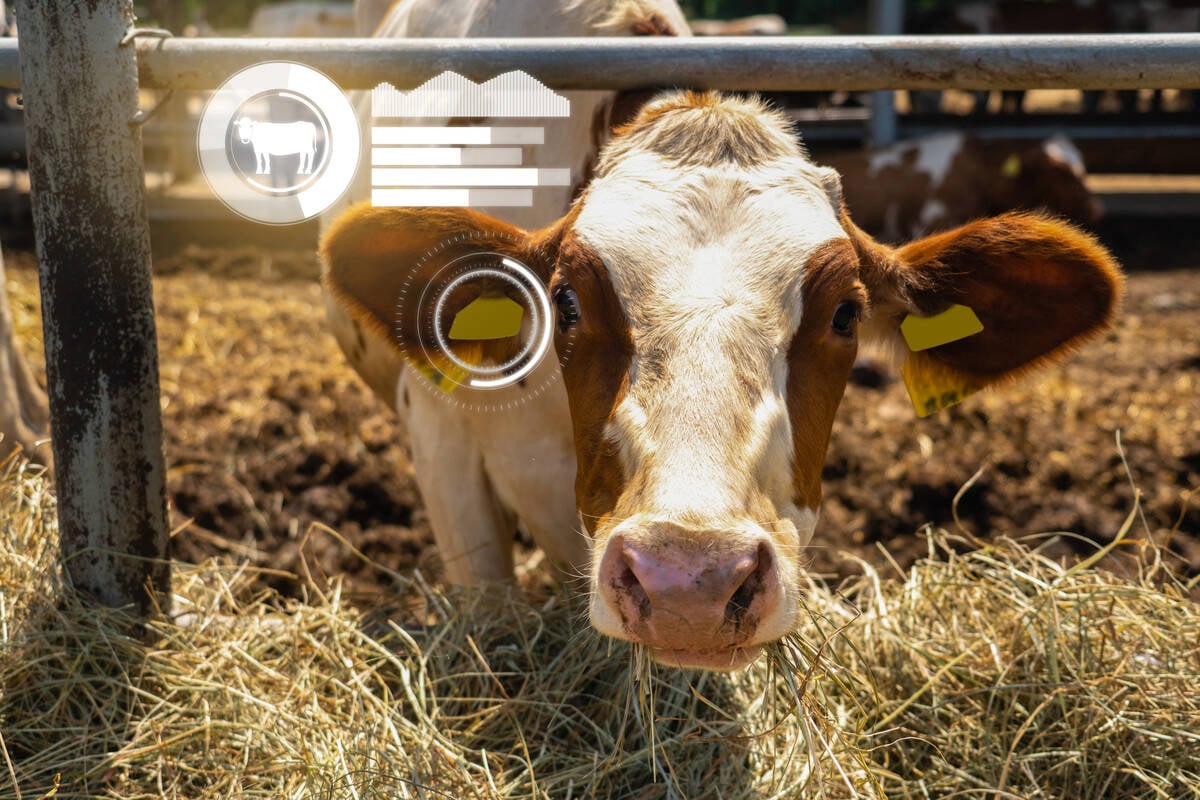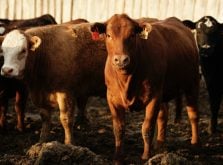Every now and then I’ll still hear someone bring up the infamous McDonald’s hot coffee case — usually as a narrative shorthand to describe a world where nuisance lawsuits run wild.
In case you’ve somehow never heard of it, that case involved a woman in the U.S. in her late 70s who, in 1992, accidentally spilled hot takeout coffee in her lap and eventually sued McDonald’s over the resulting injuries, for which a jury awarded her $160,000 in compensatory damages and $2.7 million in punitive damages against the fast food giant.
We don’t know how much of that she ever got, though, because the trial judge reduced the punitive damages to $480,000 and the actual final amount was subject to a later confidential settlement agreement. No matter, though: all most people remember is “lady spilled coffee on self, sued McDonald’s for millions.”
Read Also

Cows in the cloud
Beef cattle herd management software has become an essential tool over 15 years for Lonesome Dove Ranch in Saskatchewan.
I suspect the story would sit much differently in the public consciousness if any of us were ever to see the pictures the jury saw of the third-degree burns she received because the restaurant, we now know, had been serving coffee at temperatures dangerously above the range at which any of us would ever drink the stuff — not to mention that the company had at first offered her only $800 toward her treatment, which had to include skin grafts.
I bring that up today with the stories on page 8 in mind. To recap quickly, Bayer’s CEO last month was quoted in the Wall Street Journal as saying the company is “pretty much reaching the end of the road” on marketing its Roundup brand of glyphosate herbicides in the U.S.
For Bayer, which today still has a considerable market share in the product, even after glyphosate’s patent expired and cheaper generic versions entered the market, the Roundup road would be ending in a swamp of lawsuits filed by users claiming their exposure to the product led them to contract cancer.
Bayer, which picked up the Roundup portfolio when it bought Monsanto in 2018, says it has so far set aside $16 billion (all these figures US$) to settle such claims, of which about 67,000 are reported to still be pending.
To be sure, many cancers are no hot coffee burn; it’s difficult at best to assign an indisputable exact cause. Going by the jury awards against Bayer so far, though, the company may well wish it had been in the coffee business instead. In one of the early Roundup-related suits, in 2018, a San Francisco jury awarded $289.2 million to a school groundskeeper with non-Hodgkin’s lymphoma. The trial judge cut that figure to $78.5 million, which was further reduced on appeal to $20.5 million. And more recently, juries in other states have ordered awards upward of $2 billion to certain individual plaintiffs.
The cancer allegations arose in the wake of a 2015 report by the World Health Organization’s International Agency for Research on Cancer (IARC), classifying glyphosate in its Group 2A, “probably carcinogenic to humans,” not to be confused with Group 1 (“carcinogenic to humans”), 2B (“possibly carcinogenic to humans”) or 3 (“not classifiable as to its carcinogenicity”).
Bayer, on its website, considers itself to be the victim of what let’s call the U.S. lawsuit-industrial complex, in which lawyers and third-party venture capitalists aggressively seek plaintiffs whose illnesses they can exploit in return for a substantial cut of the resulting awards.
Even Bayer takes care not to fault the plaintiffs themselves, though. Nor should it. Statistically, cancer is coming for a lot of us at some point, and when it does, it’s a natural and understandable anger response to want to assign blame — whether it’s to ourselves for our own past choices, or to others whose products could possibly increase the risk of the cellular-level mistakes that cause cancers to develop, whether we knew it or not. Then let’s multiply that anger in jurisdictions such as the U.S., where aggressive or successful treatment can be financially devastating if it’s within reach at all.
Where does all this leave you, the Prairie farmer who’s come to rely on glyphosate to keep problem weeds in check and reduce or eliminate tillage? One might reach for the jug of generic off-patent glyphosate. Bayer’s CEO told the WSJ he expects no other U.S. company would be willing to assume the risk of replacing Bayer’s domestic glyphosate production here, meaning the product, if available at all, would be coming from overseas.
Bayer did observe in 2020 that the settlement fund it set up at that time for U.S. cases does not cover Canadian lawsuits over glyphosate, because of “very different considerations” in Canadian law and damage claims — but as you’ll see on page 8, such lawsuits in Canada remain very much in play. Will the makers, distributors and retailers of generics in Canada accept ongoing legal risk if Bayer does follow through and step out of the glyphosate business? Should the federal government, whose agencies insist glyphosate is safe if label directions are followed, bear the burden of responsibility to assure its continued availability in Canada, given the wider, deeper environmental footprints of other available weed control options?
If not, then for Prairie farmers, the alternatives will be a very bitter cup of coffee (formerly IARC Group 2B; as of June 2016, Group 3) to swallow.
Clarification
In that great “Give us your best shot” photo in the March 18 issue (page 4), we identified a snowy owl as “he,” which led to a tersely-worded note from an anonymous reader telling us we’d misgendered a female owl. We can’t go back and ask that exact owl to hop down off the utility pole and provide proof for us, but we checked around online as best we could, given the markings we see in the photo, after which we can only classify the bird as “probably female.”
As always, contact us with any questions, comment or concerns.
















